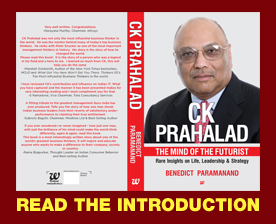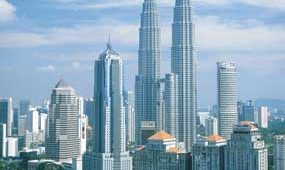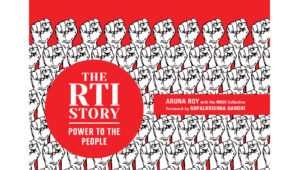Rajeev Bhadauria, Director, Group HR, Jindal Steel & Power Ltd., on the imperative to build leadership capacity at all levels of an organization
Today, we don’t require programmed thinking managers; we require business leaders with an
understanding of self, with an understanding of managing others, managing business, and managing change.
Leadership doesn’t exist only at the top; Leadership should be diffused throughout the organisation and leadership values and competency should be exhibited top down. Attitudinally, value-wise, behaviourally, everyone needs to exhibit unique leadership qualities. Long term business performance comes from leadership culture and careful and continuous development of leadership at all levels.
The 2008 global recession exposed the profound weaknesses in an organization’s business model, governance, regulation, and leadership and has led to the emergence of a new paradigm wherein the entire concept of ‘Leader’ and ‘Leadership development’ required a fresh introspection. A new set of ‘leadership values’, focused on ‘agility’, is required for ‘future proofi ng’ the organization, for sustained growth and competitive advantage.
Future-proofing the organisation means creating a forward-looking and progressive talent pool, which is empowered to think freely and is aligned to machines which maximises the impact of such innovative thoughts. Some of the strategies adopted by us at JSPL are:
a) Build leadership bench-strength and strengthen the leadership pipeline of the organization for business critical positions
b) Develop a leadership culture in the organization that focuses on creating a diffused leadership model, wherein the organization’s leadership values are cascaded and infused across all levels of the organization and not just in selected or isolated pockets, and
c) Create an agile organization across locations, both in terms of its processes, systems, and methods, and its people who have an agile mind-set.
These redefined ‘Leadership Values’ envisions the organization’s workforce to demonstrate agility and adaptability which is multi-dimensional, i.e. at the operational, strategic and portfolio level and each dimension is essential to create an organization that will have the ability to respond in ‘reaction time’ and execute with speed, efficacy, and probity.
 Identifying Good Leaders is an Art
Identifying Good Leaders is an Art
Tapping and identifying individuals with the right potential to be leaders is more art than science. Every situation calls for different and unique types of leadership; however, most leaders have a high degree of what has come to be known as emotional intelligence. Without this aptitude, a leader can have the best of training, a good analytical mind, incessant fl ow of ideas, but that would still not qualify to make a great leader. This, if coupled with spiritual and intellectual aptitude in consonance with the emotional one would deliver the right competence.
In order to develop and maintain a leadership pipeline and create good leaders for tomorrow, JSPL have initiated a unique program- ‘LEAD’ (Leadership Exploration and Development). The program aims to blend the organisational competency development with individual behavioural and functional competency enlargement/ enhancement in a unique, comprehensive program.
The program launched in partnership with McKinsey in July 2012, was built on the four core elements of the Jindal Leadership model– Lead people in meritocracy with respect and care, Act with utmost integrity and loyalty, Uphold social responsibility through sustainable development and achieve business excellence through process rigor, strategic thinking and innovation.
The six month program focuses on four dimensional themes – Managing Self, Managing Others, Managing Business, and Managing Change. So far, we have seen phenomenal results with more than 250 employees taking the 6 months’ journey of LEAD program. Employees are displaying a clear and marked difference in how they have improved on their engagements with colleagues, customers, juniors, and even their family and friends.
There is a clear correlation between investing in leadership, and consistently identifying and grooming potential talent. Great leaders attract good people, and their legacy is the people they have developed. An organisation at the end of the day is an assembly of systems, processes and human beings. Of these, the differentiator is obviously the human factor- the one that sets the winner apart from the rest. Hence, there is a clear need to create the path for building leaderships to sustain growth; organisations need to invest and nurture unique leadership at all levels and functions, and empower people to be ready to perform in their ‘leadership moments’ with the passion to excel. It is imperative that such individuals are identifi ed, acknowledged and groomed for the future through a sustained and structured process.










Recent Comments